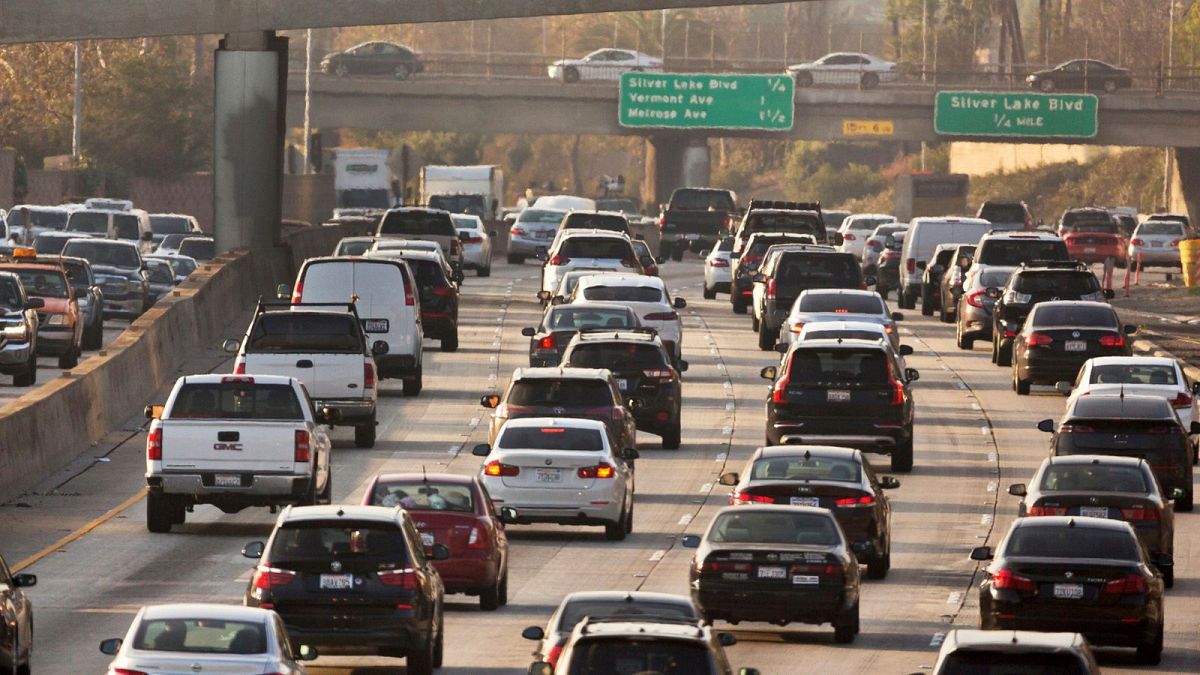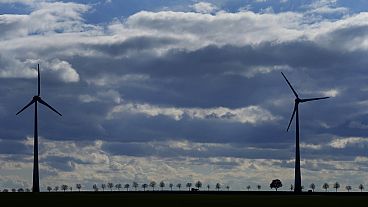Some 2 billion tyres are made a year. What is the environmental cost of the 'chemical cocktail' that goes into them?
Microplastic pollution is a problem that requires an uncomfortable level of attention to detail. It can be overwhelming to think about the way everyday items in our lives - from the clothes we wear to the cars we drive - are shedding tiny plastic fragments.
But the cost of ignoring it could be devastating, and there’s one particular culprit that researchers and policymakers are honing in on.
78 per cent of microplastics in the ocean come from tyres, a 2020 report from the Pew Charitable Trust found. Car tyres are made from around 24 per cent synthetic rubber - a variation of plastic made using petroleum by-products - that breaks down as the vehicles travel.
And these rubber rings aren’t just moulting microplastics. New research from Yale Environment 360 shows there is increasing scientific concern about “the chemical cocktail” that goes into them which also includes heavy metals like copper, lead and zinc.
What environmental damage do car tyres do?
A mass die-off of salmon in US West Coast streams two decades ago was one of the earliest signs of the environmental dangers that tyres pose.
In 2020, researchers finally pinned the deaths to a chemical called 6PPD that is added to tyres to prevent them from cracking. When exposed to ground-level ozone, 6PPD is transformed into multiple other chemicals - including a compound found to be acutely toxic to a number of fish species.
A coalition of Native American tribes has witnessed the lethal effect of tyre dust on their salmon species.
“We have watched as the species have declined to the point of almost certain extinction if nothing is done to protect them,” the Puyallup Tribal Council said in a statement, calling for the EPA to ban 6PPD.
It was the start of a global campaign to see what’s really lurking in car tyres.
In total, their rubber contains more than 400 chemicals and compounds, many of them carcinogenic. Research is only beginning to show how widespread the risks from tyre dust may be, Yale Environment 360 reports.
How big a problem is car tyre dust?
The known statistics are already shocking. Almost 2 billion tyres are manufactured around the world every year - enough to reach the moon if stacked on their sides, according to Emissions Analytics.
The UK firm says that a car’s four tyres emit 1 trillion ultrafine particles per kilometre driven. These particles are so tiny that they can pass through lung tissue into the bloodstream and cross the blood-brain barrier, with a range of worrying health implications.
Tyre dust pollution even rivals the emissions from exhaust pipes in some cases. One study shows that PM 2.5 and PM 10 emissions from tyres and brakes far exceed the mass of these emissions from tailpipes in California, for example.
A recent study from Imperial College London states that the reduction of tyre wear particles (TWP) is as important as reducing exhaust emissions.
How can we solve the problem of tyre dust pollution?
Tackling TWP requires a combination of research and regulatory willpower.
On the eco-innovation side, researchers have trialled using dandelions - which produce a form of rubber - and soy oil to raise the ‘natural rubber’ component of tyres.
One German firm, the Continental Tire Company, is pushing ahead with this solution - making bicycle tires from dandelion roots. They emit 25 per cent fewer carcinogenic compounds, according to tests by Emissions Analytics, but still require problematic additives.
In the UK, clean-tech start-up The Tyre Collective has pioneered a device that is attached to each tyre. It uses electrostatics and the airflow of a spinning wheel to collect the tyre dust as it's produced. Once the particles are collected they can be upcycled into a different kind of rubber with a variety of applications, including new tyres.
But we can’t invent our way out of tyre dust pollution, so tighter regulation is needed.
In the EU, new ‘Euro 7’ rules from 2025 will be the first emission standards in the world to set limits for particulate emissions from brakes and microplastic emissions from tyres.
These standards will apply to electric vehicles too, which tend to produce more tyre emissions because of their heavier weight.
And the industry is taking note of this crackdown. The Tire Industry Project is composed of 10 leading tyre manufacturers.
According to a statement from the group, it aims to “develop a holistic approach to better understand and promote action on the mitigation” of tyre pollution, including re-designed tyres to cut emissions.



